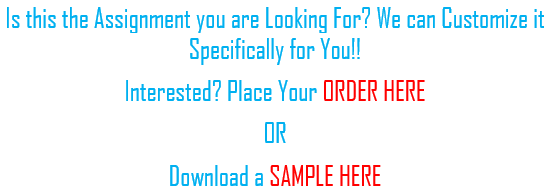Personality Type Assessment
What did your results reveal with regard to your personality type assessment?
The Typefinder Personality Test revealed that my personality type is [Your Personality Type]. This type is often characterized by [brief description of the traits, e.g., “introversion, intuition, feeling, and judging (INFJ)”]. These traits suggest that I am [explanation based on traits, e.g., “thoughtful, idealistic, and empathetic, often focused on helping others and making a positive impact on the world.”]
Did taking the test provide you with any new insight?
Yes, the test provided new insights into my personality. For example, I had not previously considered how my [specific trait, e.g., “preference for intuition over sensing”] influences my decision-making process. This understanding helps me recognize that I often rely on abstract thinking and future possibilities rather than focusing on immediate details and concrete information.
Supporting Interpersonal Communication
How might considering the personalities of those with whom you interact support interpersonal communication?
Understanding the personalities of those I interact with can significantly enhance communication by tailoring my approach to their preferences and needs. For example, if I know that a colleague is an extrovert who thrives on social interaction and collaborative work, I can engage them in discussions and group activities that energize them. Conversely, when working with an introvert who values quiet and reflection, I can provide space for them to process information and contribute in ways that make them comfortable.
In my own experience, recognizing a team member’s preference for structure and detailed planning (a judging type) allowed me to communicate more effectively by providing clear agendas and timelines. This approach led to smoother project execution and a more harmonious working relationship.
Resolving Disagreements and Conflicts
Discuss strategies for resolving disagreements and conflicts.
Effective strategies for resolving disagreements and conflicts include:
- Active Listening: Ensuring all parties feel heard and understood by actively listening to their concerns.
- Empathy: Demonstrating empathy by acknowledging and validating others’ feelings and perspectives.
- Finding Common Ground: Identifying shared goals or values that can serve as a foundation for compromise.
- Clear Communication: Expressing thoughts and expectations clearly and respectfully to avoid misunderstandings.
- Collaborative Problem-Solving: Engaging all parties in brainstorming solutions and agreeing on a mutually acceptable outcome.
Describe a time you have professionally dealt with a conflict or disagreement and how you handled the situation. Could it have been handled better if you were in the same situation again?
I once faced a conflict with a colleague regarding the direction of a project. My colleague preferred a more traditional approach, while I advocated for innovative methods. To resolve the disagreement, I initiated a meeting where we both presented our viewpoints and evidence supporting our approaches. I practiced active listening and acknowledged the merits of their perspective, which helped de-escalate tensions. We eventually reached a compromise that incorporated elements of both approaches, resulting in a successful project outcome.
Reflecting on the situation, it could have been handled better by involving a neutral third party earlier in the process to facilitate the discussion and mediate the conflict. This might have expedited the resolution and reduced initial friction.
Incorporating Strategies from Professional Resources
One strategy highlighted in our course materials is the “Interest-Based Relational Approach” (IBRA) to conflict resolution. This approach emphasizes separating people from the problem, focusing on interests rather than positions, and working together to find mutually beneficial solutions (Fisher, Ury, & Patton, 2011). Applying IBRA principles can foster a collaborative environment and improve conflict resolution outcomes.
References:
Fisher, R., Ury, W., & Patton, B. (2011). Getting to Yes: Negotiating Agreement Without Giving In. Penguin Books.
Responding to Others
Remember to engage with your classmates’ posts thoughtfully, offering insights or alternative perspectives based on your own experiences and understanding. Use scholarly sources to support your responses and add depth to the discussion.

